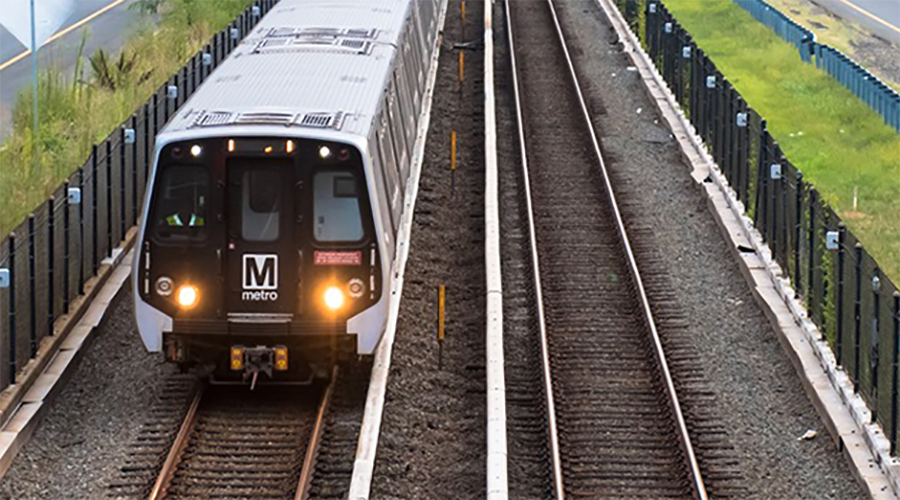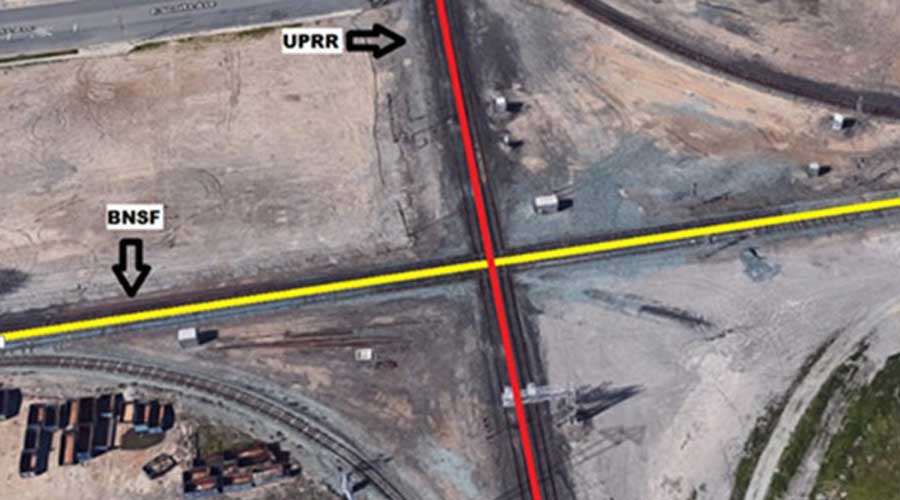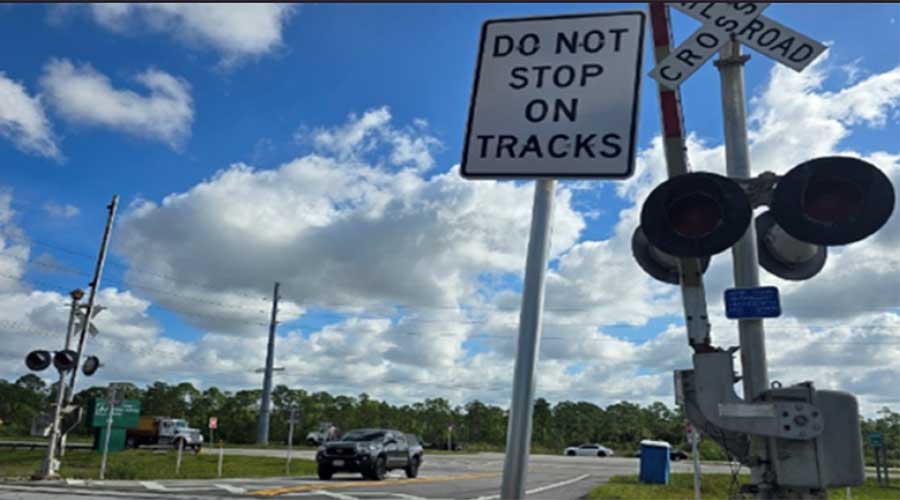Newsletter Sign Up
Stay updated on news, articles and information for the rail industry
Stay updated on news, articles and information for the rail industry
RAIL EMPLOYMENT & NOTICES
Rail News Home
Passenger Rail
Rail News: Passenger Rail
7/14/2003
Rail News: Passenger Rail
Sound Transit's light-rail system receives federal funds, wins appellate court ruling
advertisement
Federal Transit Administration (FTA) recently endorsed a $500 million full funding grant agreement for Sound Transit’s Central Link light-rail system. During the next 60 days, Congress plans to review the agreement.
The U.S. House Appropriations Subcommittee on Transportation has earmarked $183 million for FTA in 2004 to provide funds for New Starts projects that don’t yet have full funding grant agreements. Sound Transit is in a good position to compete with other projects since FTA rated Central Link as one of two "highly recommended" projects in the country, and President Bush authorized $75 million in the proposed fiscal-year 2004 budget for the first installment of the grant agreement, Sound Transit officials said in a prepared statement.
Meanwhile, the U.S. Court of Appeals for the Ninth Circuit recently affirmed an earlier U.S. district court ruling to dismiss a lawsuit filed by Save Our Valley (SOV), a group opposed to the light-rail system running through Rainier Valley, a south Seattle community populated mostly by minorities.
Two years ago, SOV filed the suit claiming Sound Transit violated U.S. Department of Transportation’s "disparate impact" regulation, which prohibits federal funding recipients from taking actions that discriminate against race.
The 4.6-mile segment through Rainier Valley would be built at street level, which valley residents believe would envelop residential and commercial property, displace community facilities, disrupt business and cause safety problems. Most light-rail segments being built through other communities are designed to be elevated above street level.
The U.S. House Appropriations Subcommittee on Transportation has earmarked $183 million for FTA in 2004 to provide funds for New Starts projects that don’t yet have full funding grant agreements. Sound Transit is in a good position to compete with other projects since FTA rated Central Link as one of two "highly recommended" projects in the country, and President Bush authorized $75 million in the proposed fiscal-year 2004 budget for the first installment of the grant agreement, Sound Transit officials said in a prepared statement.
Meanwhile, the U.S. Court of Appeals for the Ninth Circuit recently affirmed an earlier U.S. district court ruling to dismiss a lawsuit filed by Save Our Valley (SOV), a group opposed to the light-rail system running through Rainier Valley, a south Seattle community populated mostly by minorities.
Two years ago, SOV filed the suit claiming Sound Transit violated U.S. Department of Transportation’s "disparate impact" regulation, which prohibits federal funding recipients from taking actions that discriminate against race.
The 4.6-mile segment through Rainier Valley would be built at street level, which valley residents believe would envelop residential and commercial property, displace community facilities, disrupt business and cause safety problems. Most light-rail segments being built through other communities are designed to be elevated above street level.


 2025 MOW Spending Report: Passenger-rail programs
2025 MOW Spending Report: Passenger-rail programs
 Gardner steps down as Amtrak CEO
Gardner steps down as Amtrak CEO
 Guest comment: Oliver Wyman’s David Hunt
Guest comment: Oliver Wyman’s David Hunt
 Women of Influence in Rail eBook
Women of Influence in Rail eBook
 railPrime
railPrime







